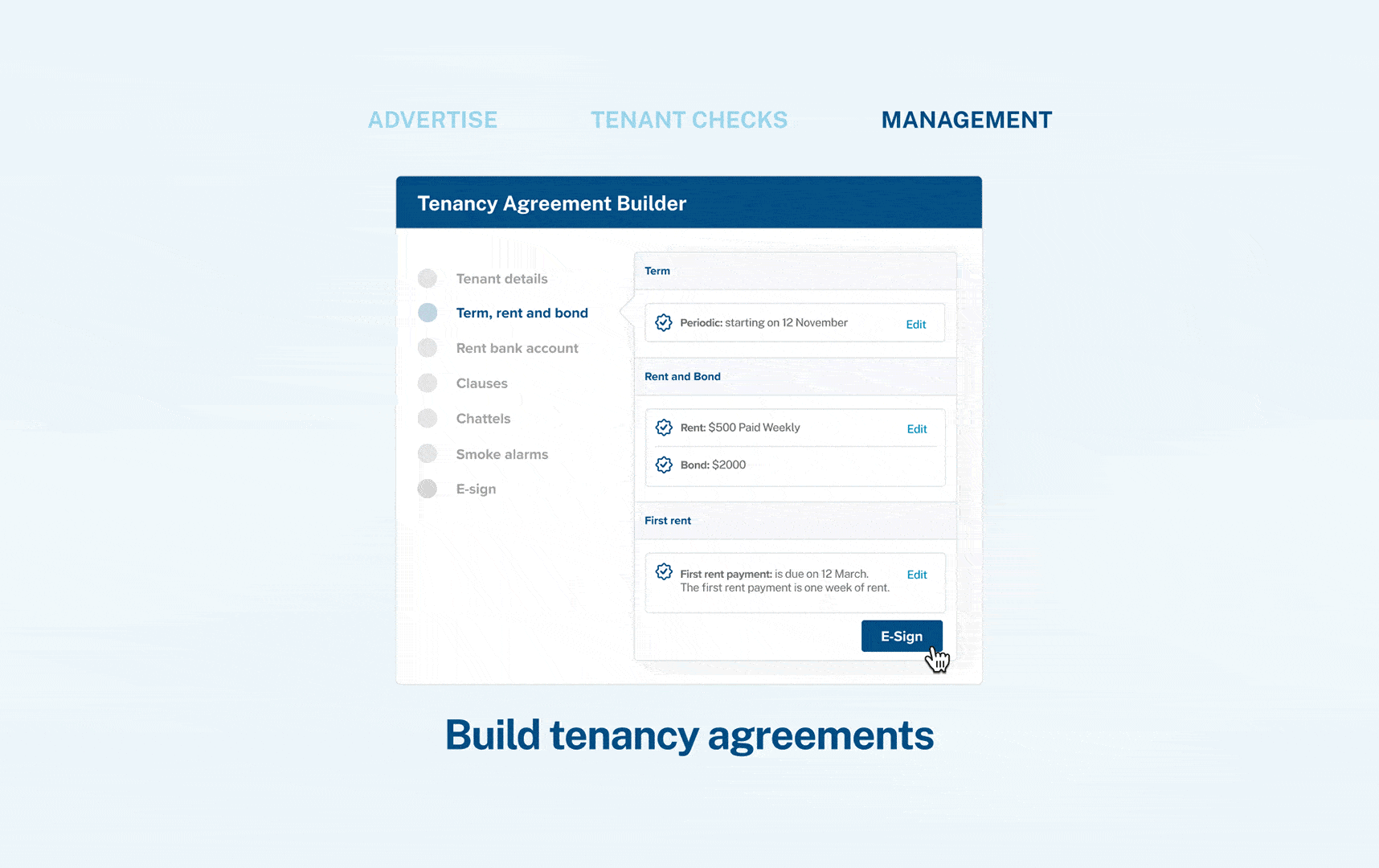What changes have to be made will depend on the maximum occupancy clause in the original tenancy agreement.
For example, suppose there are 2 people currently living in the property, and the agreement allowed a maximum of 3 or more people to occupy the rental property. In that case, a landlord can choose to do nothing, as the tenants are within their rights to have extra people living with them (as flatmates) and not be on agreement.
If the tenancy agreement only allowed 2 people occupying the property, then the landlord can do either of 2 things:
a) Create an amendment to the original agreement by increasing the maximum number of occupants to 3 or more (allowing the new person to become a flatmate). This should be in writing, dated and signed by all current landlords and tenants.
b) Add a new person to the tenancy as a tenant. This will also require an amendment signed by all existing tenants and landlords and the new ones joining the tenancy. A change of tenant form to notify Tenancy Services of the change also needs to be completed.
Another thing to check will be your insurance policy, if you have one, as some insurers require all adults over 18 living in the property to be named on the tenancy agreement.
If you're using myRent to manage your tenancy and need help adjusting your tenancy to reflect any of the above, please get in touch with our customer service team, and we'd be happy to help.
You might also be interested in reading:
How to handle a change of tenants during the tenancy
The information contained in this article is exclusively for promotional purposes. It does not in any way constitute legal advice and should not be relied upon as the basis for any legal action or contractual dealings. The information is not, and does not attempt to be, a comprehensive account of the relevant law in New Zealand. If you require legal advice you should seek independent legal counsel. myRent.co.nz does not accept any liability that may arise from the use of this information.


